The Red Arrow award was created in 1967 to recognize individuals who are not members of the Order of the Arrow, for outstanding service to the Order. In many ways this award is the OA’s equivalent award to the Distinguished Service Award (DSA) for Arrowmen, except it is the award for non-OA members only. This attractive award has varied in design over the years. The award currently is a red arrow and medallion superimposed on an engraved plaque. A miniature charm for civilian wear is also available. The Red Arrow Award can only be awarded by action of the National Order of the Arrow Committee. Recommendations by nomination form are sent to the National OA Director.
The National Order of the Arrow Committee at each NOAC presents the Red Arrow Award at the same time as the DSA. The recipients of the Red Arrow Award are either non-Scouters or Scouters who are not members of the Order of the Arrow. Prior to 1988 this included all women. The service to the Order of the Arrow may take many forms and usually involves a significant period of time, as opposed to a single event. Only a limited number of awards are presented (52 have been awarded in just over 43 years), therefore, only those nominees whose accomplishments are of the highest magnitude are recognized. Nominations are not accepted or considered for posthumous awards.
Year Name Hometown
1967 William DeGrace - Birmingham, MI
1967 Harvey U. Gill - Indianapolis, IN
1967 Jack E. Platt - Union, NJ
1969 W. Norris Wentworth - Bloomington, IN
1971 Dominic Spilatro - New Brunswick, NJ
1975 Natasha Hawaka - North Brunswick, NJ
1975 Doris Tonemah - Norman, OK
1975 Scott Tonemah - Norman, OK
1977 Paul Y. Dunn - Cranbury, NJ
1977 Annaliese Kruegar - New Brunswick, NJ
1977 Allen White - Bloomington, IN
1979 Mary L. Feil - Cascade, CO
1979 Louise Goodman - Penney Farms, FL
1981 Hilda Abbot - Atlanta, GA
1981 David Christensen - Big Timber, MO
1981 Ginger Ihlow - Bloomington, MN
1981 Bonnie Stock - Irving, TX
1983 Ann P. Jennings - Memphis, TN
1983 Nettie Shawaway - Parker, WA
1985 Judy M. Kolb - Lewisville, TX
1986 Robert A. Patyk - Philadelphia, PA
1986 Marjory Phillips - Dayton, NJ
1986 Arthur F. Werner - Kenmore, NY
1988 Sharon Bartholomew - Sunnyvale, CA
1988 Margaret B. Cash - Memphis, TN
1988 Rachel Rand Jones - Kensington, CA
1988 Alayne M. Werner - Kenmore, NY
1990 Nina C. Dukes - Findlay, OH
1990 Jeanne Hudak - Irving, TX
1990 Melvin Kerchee Sr. - Lawton, OK
1990 Nettie Kerchee - Lawton, OK
1990 Marion Sanders - Chicago, IL
1992 Katie Chase - Annadale, VA
1992 Carolyn Jaegers Thom - Louisville, KY
1994 Karen Lee Chastain - Kennesaw, GA
1994 Elizabeth B. Knapp - Clayville, NY
1994 Jeanne Ann Rivera - South River, NJ
1996 Phyllis Collins - Cridersville, OH
1996 Vivian B. Haskell - Downers Grove, IL
1996 Sandra Story - Cincinnati, OH
2000 Chief Curtis Zunigha - Tulsa, OK
2002 Carolyn A. Bartlett - Middletown, OH
2002 Daniel Andrew Norris - Bloomington, IN
2002 Michael W. Schwandt - Bloomington, IN
2002 Carolyn Toler - Irving, TX
2004 Joseph Csatari - South River, NJ
2004 Nancy Gully - Naperville, IL
2004 Paula G. Mont - Powder Springs, GA
2006 Irene Fujimoto - Tempe, AZ
2009 Rosetta LeClair - Ponca City, OK
2009 Sandra Reti - Parlin, NJ
2009 Patricia Swedenburg - Dallas, GA
2012 Barry G. Funderberg - DeMotte, IN
2012 Jeanette Lord - Nashville, TN
2012 Cory Mensen - Ely, MN
3
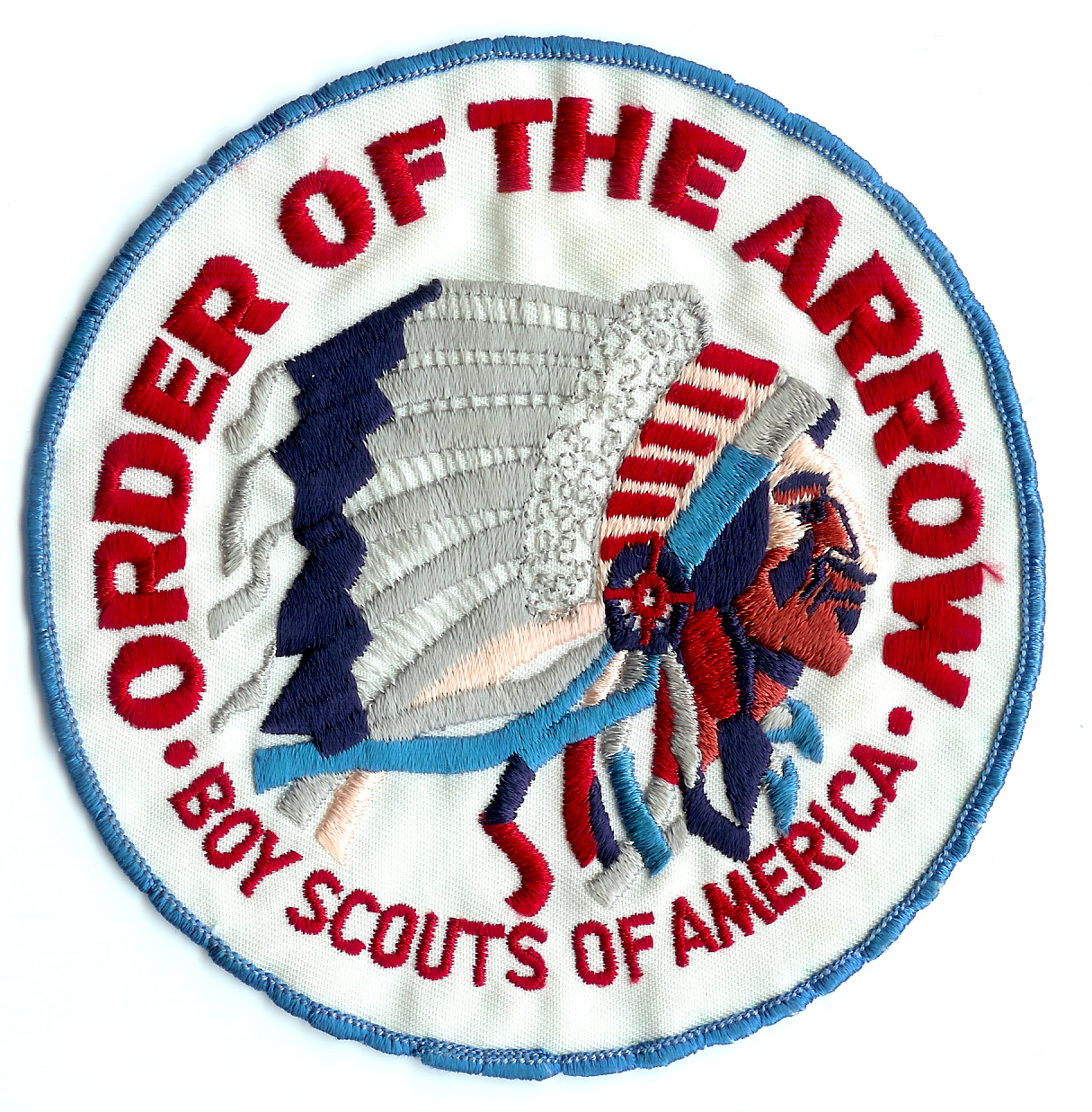
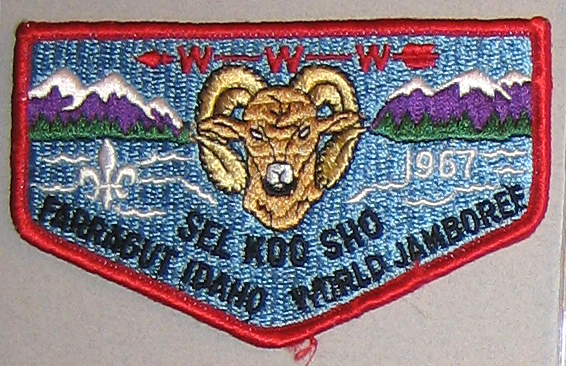
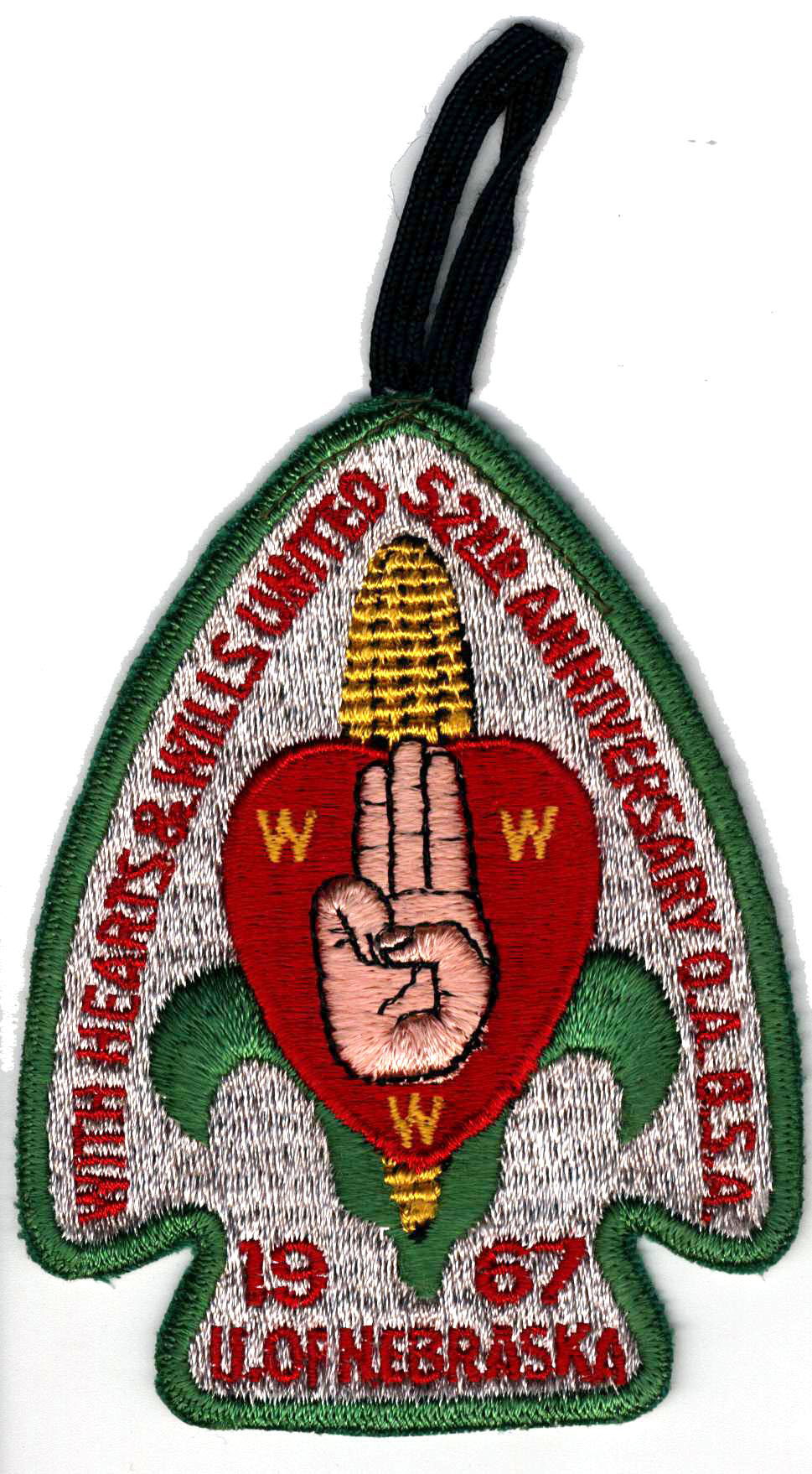
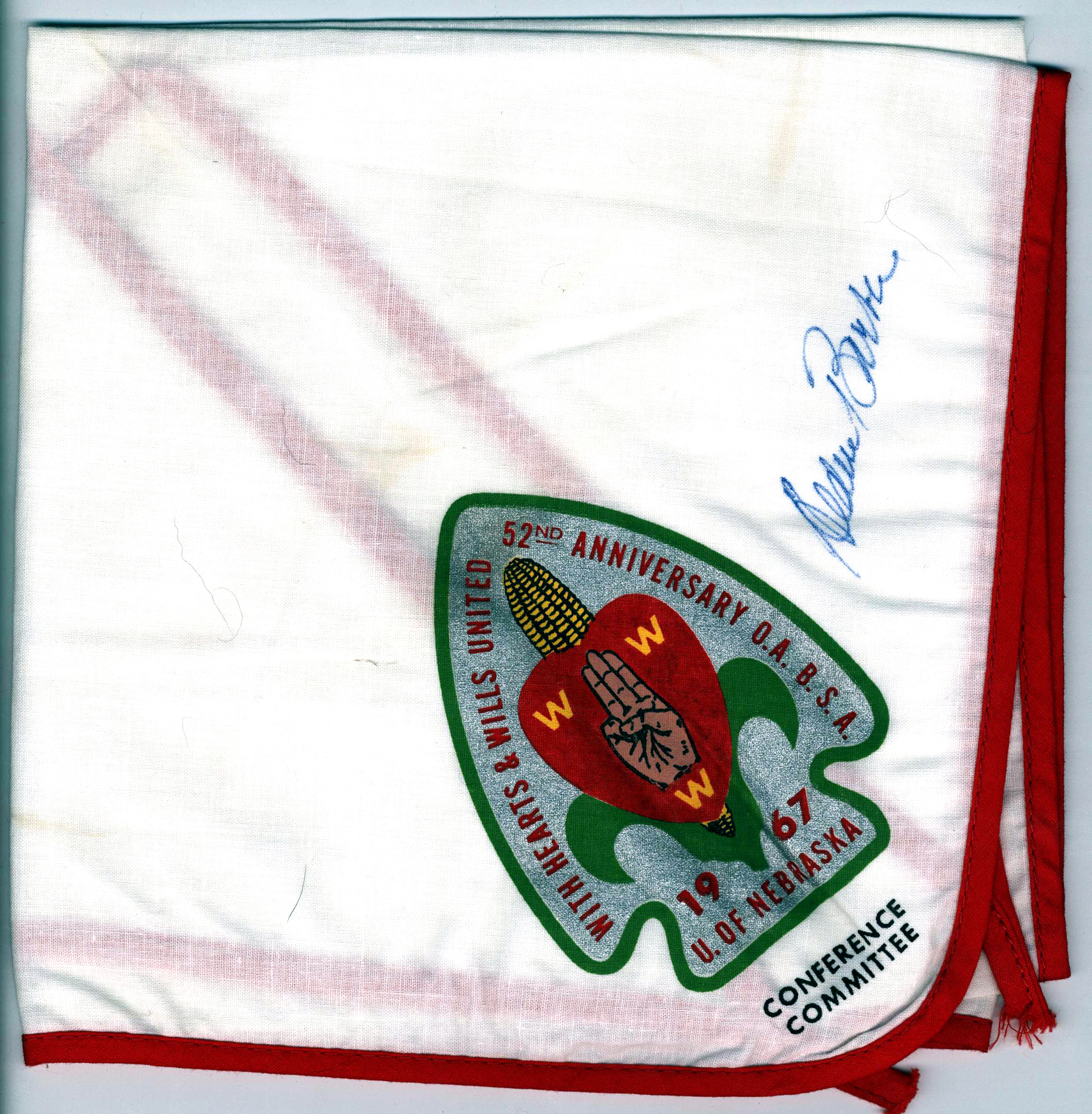 Golden Sun Lodge of the Cornhusker Council served as the host lodge. Alden Barber, Scout Executive of Chicago Area Council was the keynote speaker. Barber had recently been selected to become Chief Scout Executive upon
Golden Sun Lodge of the Cornhusker Council served as the host lodge. Alden Barber, Scout Executive of Chicago Area Council was the keynote speaker. Barber had recently been selected to become Chief Scout Executive upon 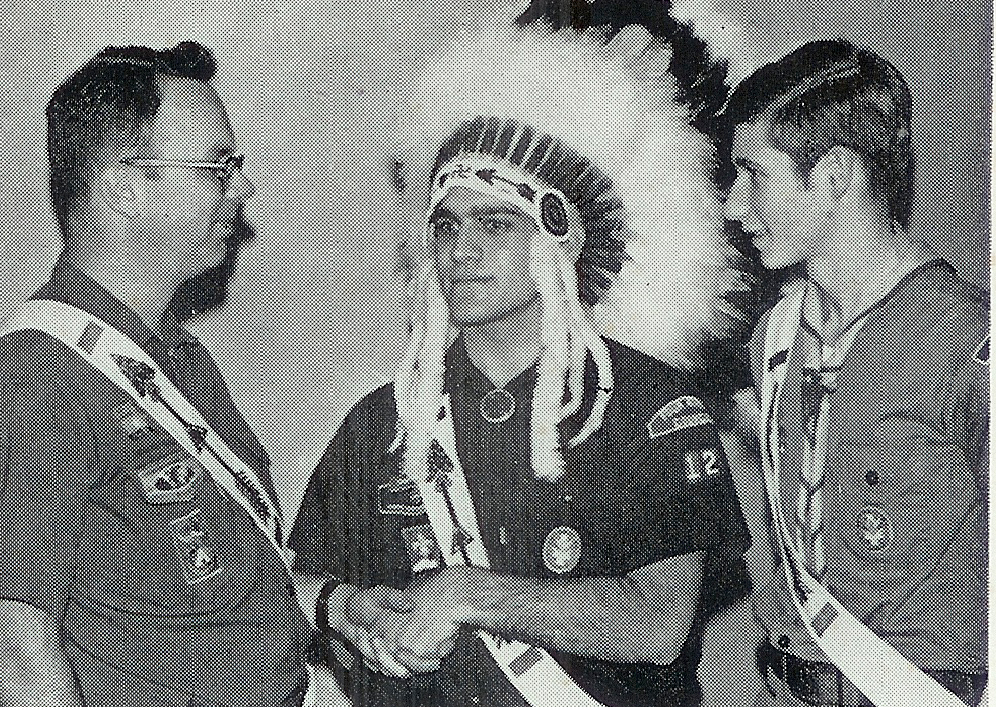
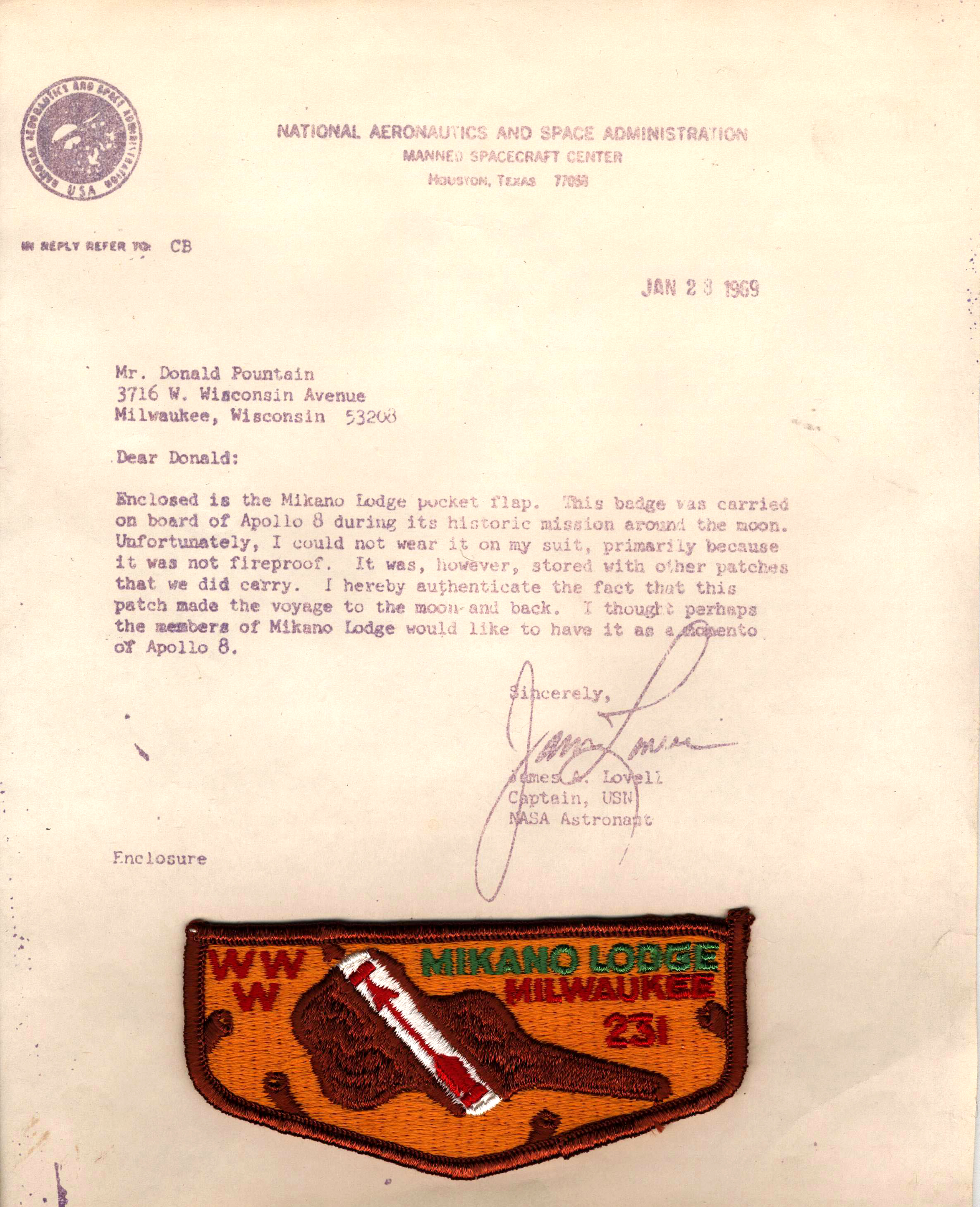
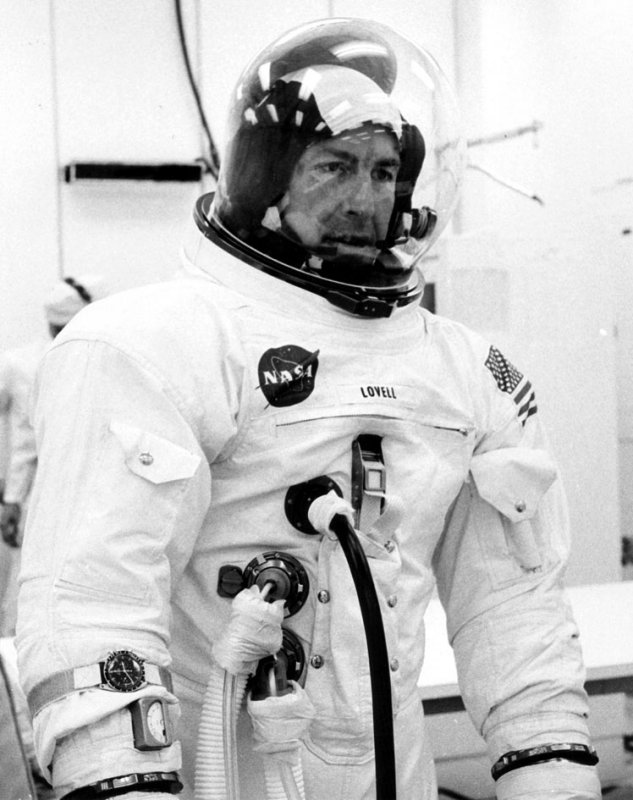
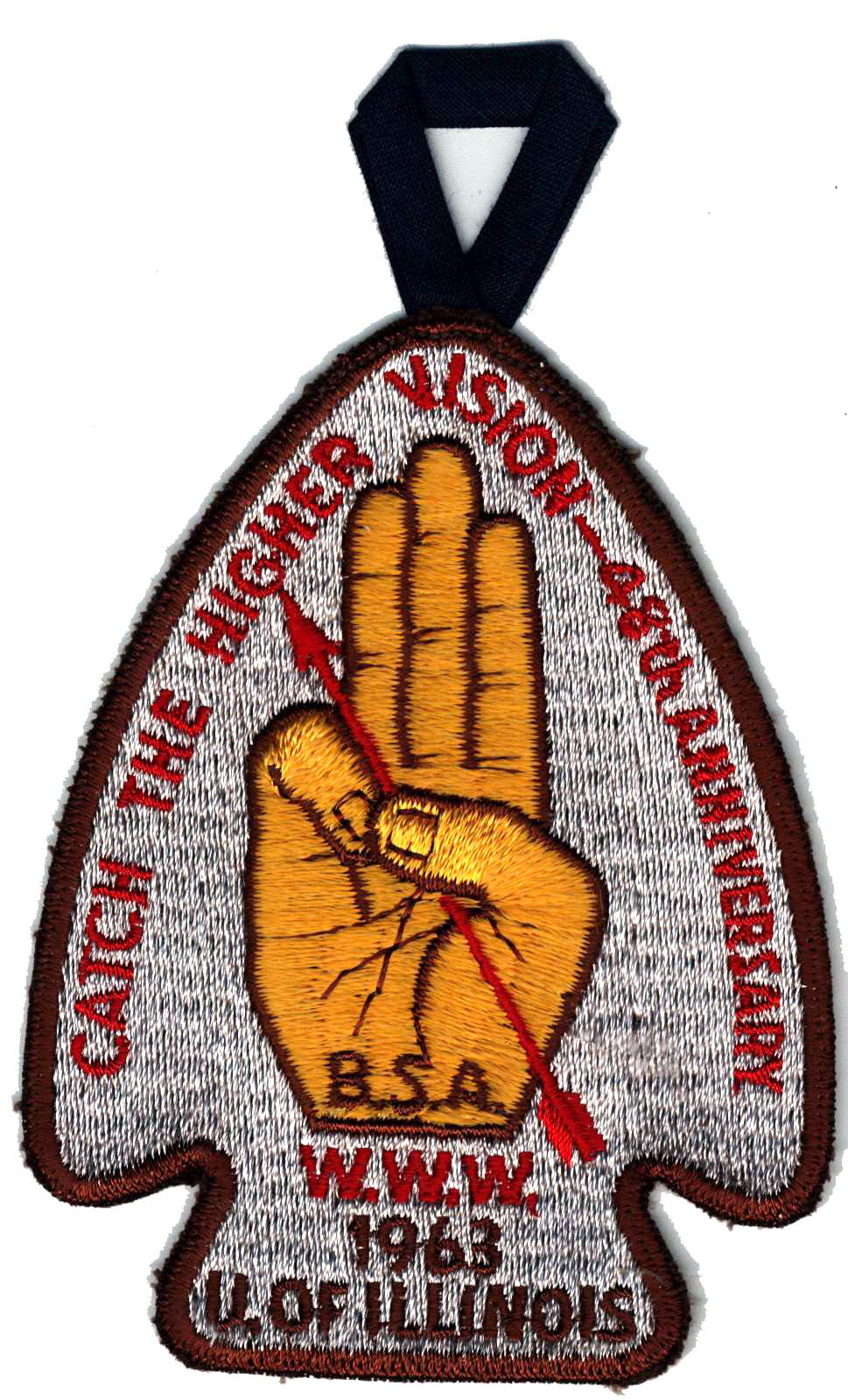 The 48th Anniversary Conference was held at the University of Illinois, Champaign and Urbana. A record 3,105 Arrowmen attended the meeting. The Conference theme was
The 48th Anniversary Conference was held at the University of Illinois, Champaign and Urbana. A record 3,105 Arrowmen attended the meeting. The Conference theme was  become the tradition,
become the tradition,